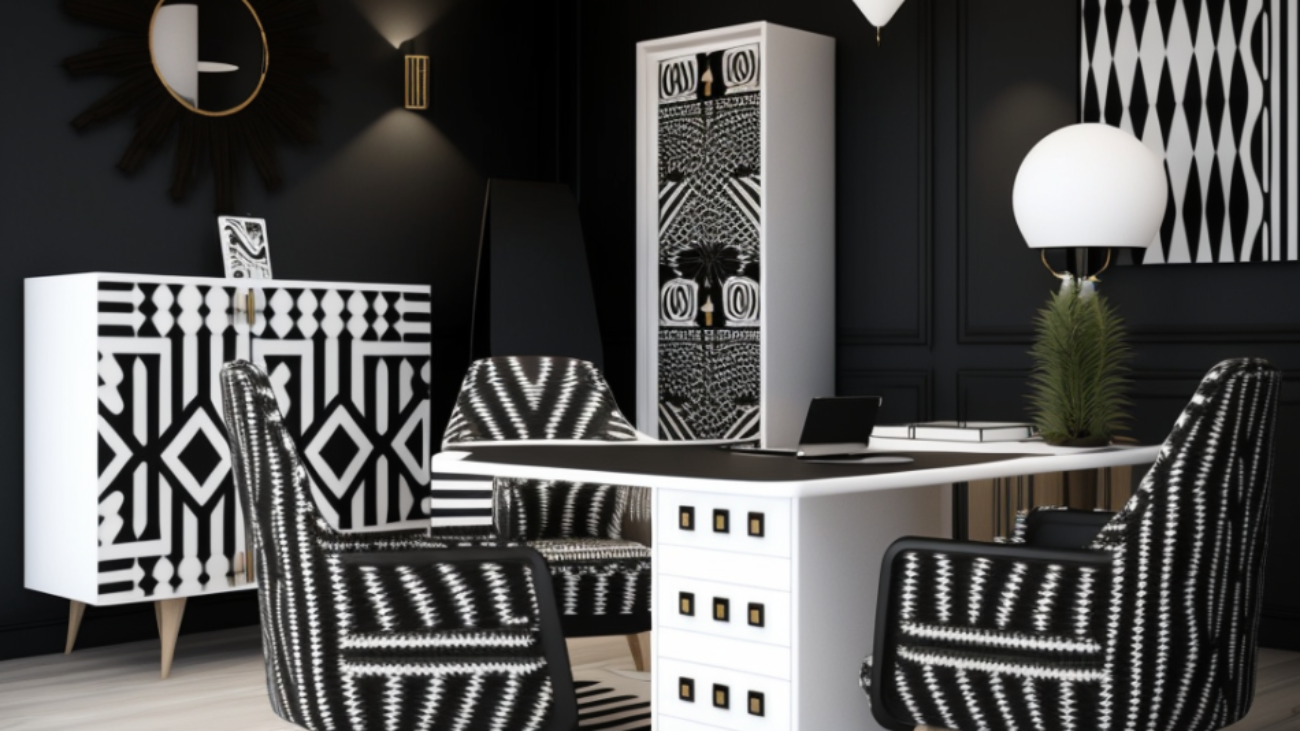Rwanda is a country steeped in tradition and history, and its furniture reflects this rich cultural heritage. From hand-crafted pieces made from local materials to modern designs that incorporate elements of the past, Rwandan furniture is a unique blend of old and new. In this blog, we’ll take a closer look at the furniture industry in Rwanda and some of the styles and materials that make it so special.
Traditional Rwandan Furniture
For centuries, Rwandans have been crafting furniture from locally sourced materials such as bamboo, rattan, and wood. These materials are abundant in Rwanda, and their use has resulted in a thriving furniture-making industry that is centered around small, rural communities.
One of the most distinctive forms of traditional Rwandan furniture is the “inyambo”, a wooden stool that is hand-carved and decorated with intricate designs. These stools are often passed down from generation to generation and are used for both practical and ceremonial purposes. Other traditional pieces include woven baskets, wooden chests, and hand-carved chairs.
Modern Rwandan Furniture
In recent years, Rwanda has seen a growing trend of furniture-making businesses that incorporate traditional elements into more modern designs. These businesses use locally sourced materials and local craftsmen to create high-quality furniture that appeals to both domestic and international customers.
One of the standout examples of this is the “Rwandan Modern” line, which was developed by a local furniture designer and is now sold globally. This line features simple, clean designs that incorporate traditional materials such as bamboo and rattan into modern forms. The result is a unique blend of old and new that is both practical and aesthetically pleasing.
Materials and Techniques
Rwandan furniture-making relies on a variety of materials and techniques, including hand-weaving, wood-carving, and metalworking. These techniques have been passed down through generations and are used to create pieces that are both functional and beautiful.
Bamboo is one of the most commonly used materials in Rwandan furniture-making, and it is known for its strength and durability. Bamboo is also an environmentally friendly option, as it grows quickly and is easily renewable. In addition, it is relatively lightweight, making it ideal for furniture that is intended for use in homes and businesses.
Rattan is another popular material in Rwandan furniture-making, and it is often used to create woven baskets and other woven pieces. This flexible material is both strong and lightweight, making it ideal for furniture that is intended for everyday use.
In conclusion, furniture in Rwanda is a unique blend of tradition and modernity that is steeped in cultural heritage. From hand-crafted pieces made from locally sourced materials to modern designs that incorporate elements of the past, Rwandan furniture is a testament to the skill and creativity of the country’s artisans. Whether you’re looking for a functional piece of furniture or a decorative item that celebrates Rwandan heritage, there is something for everyone in this vibrant and diverse industry.

